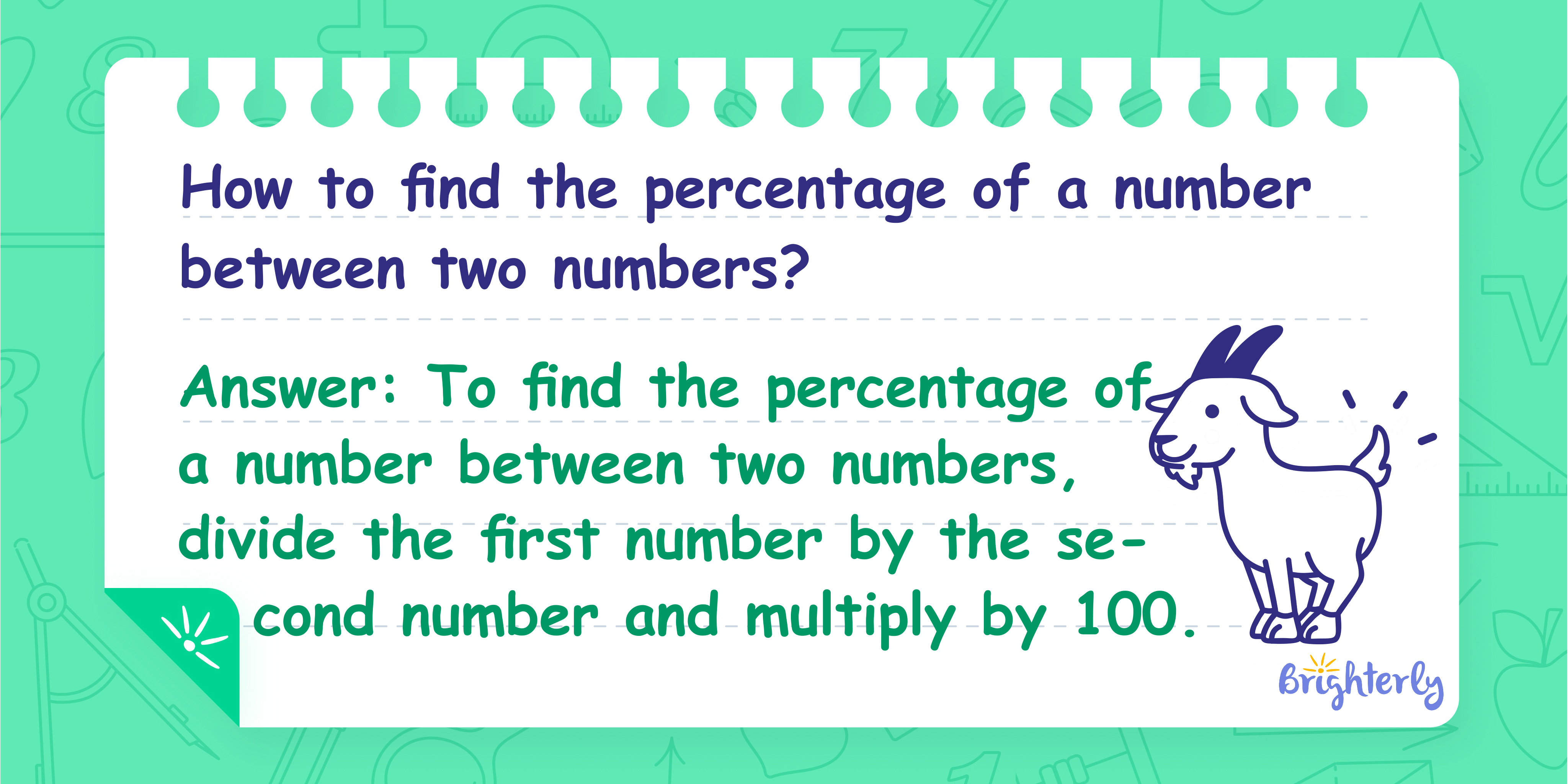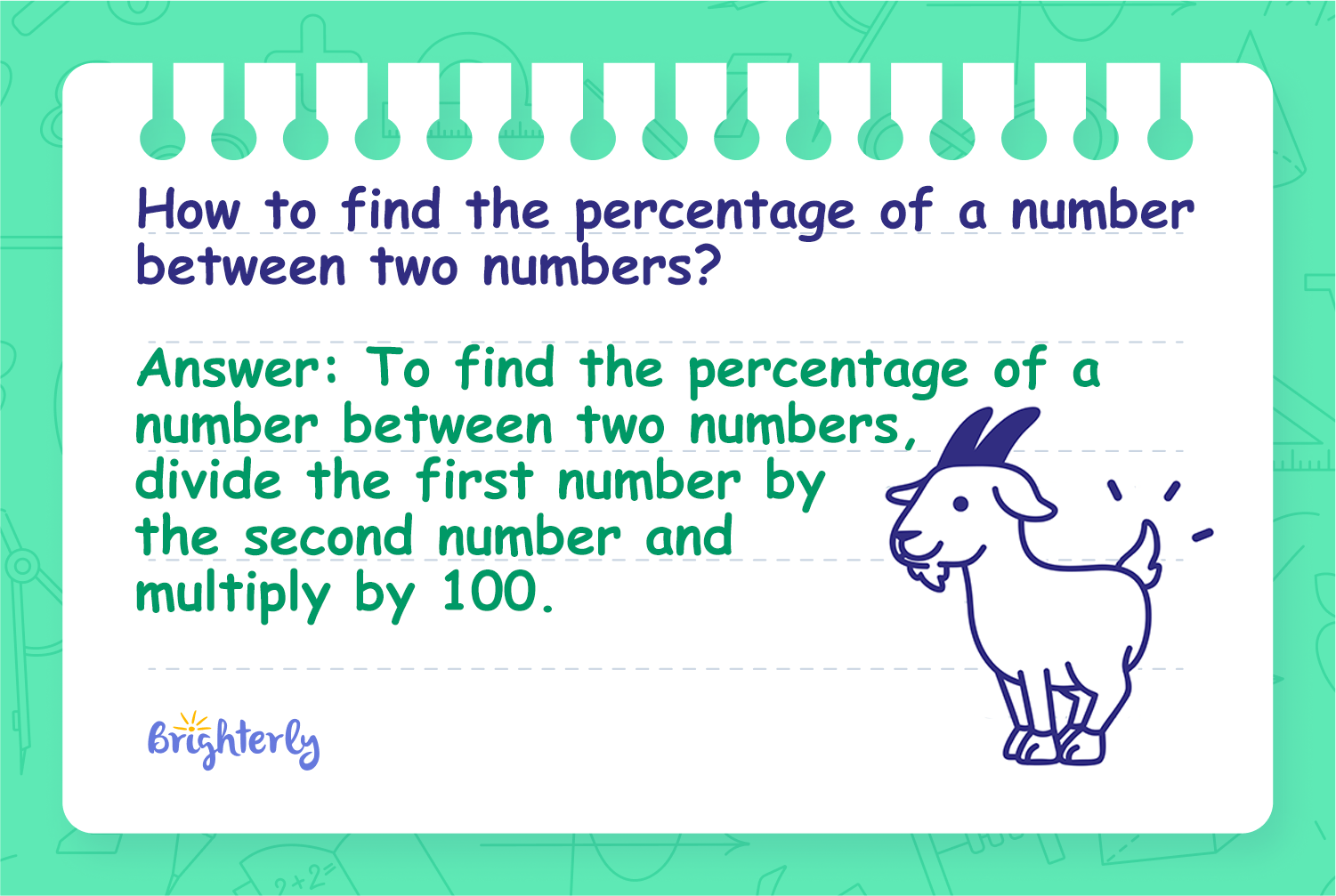
Reviewed by Maila Caliao
How to find the percentage of a number between two numbers?
Answer: To find the percentage of a number between two numbers, divide the first number by the second number and multiply by 100
Finding the percentage of a number between two numbers is a useful mathematical operation that tells you what proportion (as a percent) one number is of another. This calculation is commonly used in academics, finance, data analysis, and everyday comparisons to measure growth, performance, or differences.
Methods
Math Tutor Explanation Using the Standard Percentage Formula
The standard method for finding what percentage one number is of another involves simple division followed by multiplication by 100.
Step 1: Step 1: Divide the first number (the part) by the second number (the whole)
Step 2: Step 2: Multiply the result by 100 to convert to a percentage
Math Tutor Explanation Using a Specific Example
Applying the method to real numbers helps to visualize the process.
Step 1: Step 1: Suppose you have numbers 25 and 80
Step 2: Step 2: Divide 25 by 80 to get 0.3125
Step 1:
Step 2:
Math Tutor suggests: Mastering Percentages Between Numbers
Explore more questions to deepen your understanding of calculating percentages, percent of numbers, and percentage differences.
FAQ on Finding Percentages Between Numbers
Can this method be used if the first number is larger than the second?
Yes, the result will be a percentage greater than 100%, indicating the part exceeds the whole.
What does it mean if the answer is 100%?
It means the two numbers are equal; the first number is 100% of the second.
Is there a difference between percentage of and percentage between?
Finding the percentage of one number relative to another tells you what fraction the first is of the second, while percentage difference compares their relative change.
How do I express a decimal as a percentage?
Multiply the decimal by 100 and add the percent symbol (%) to express it as a percentage.
Can this calculation be used for negative numbers?
Yes, but a negative percentage indicates the direction of difference relative to the reference number.


